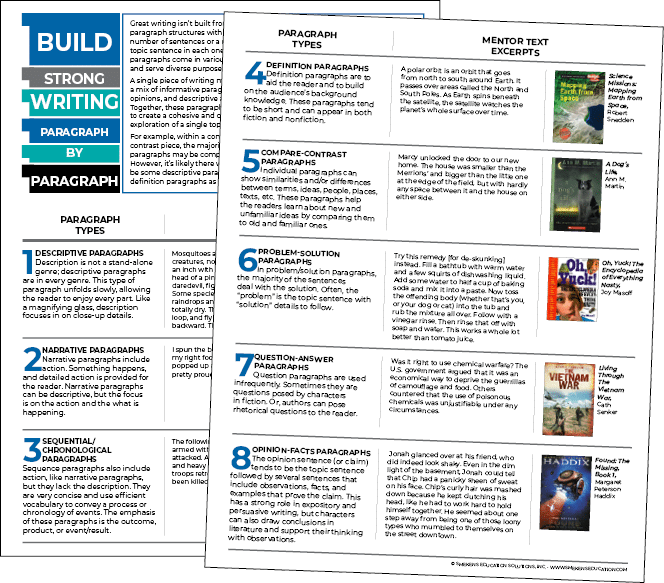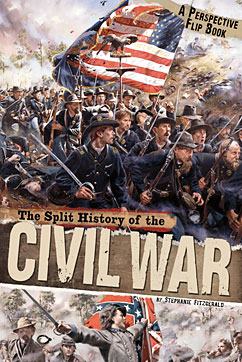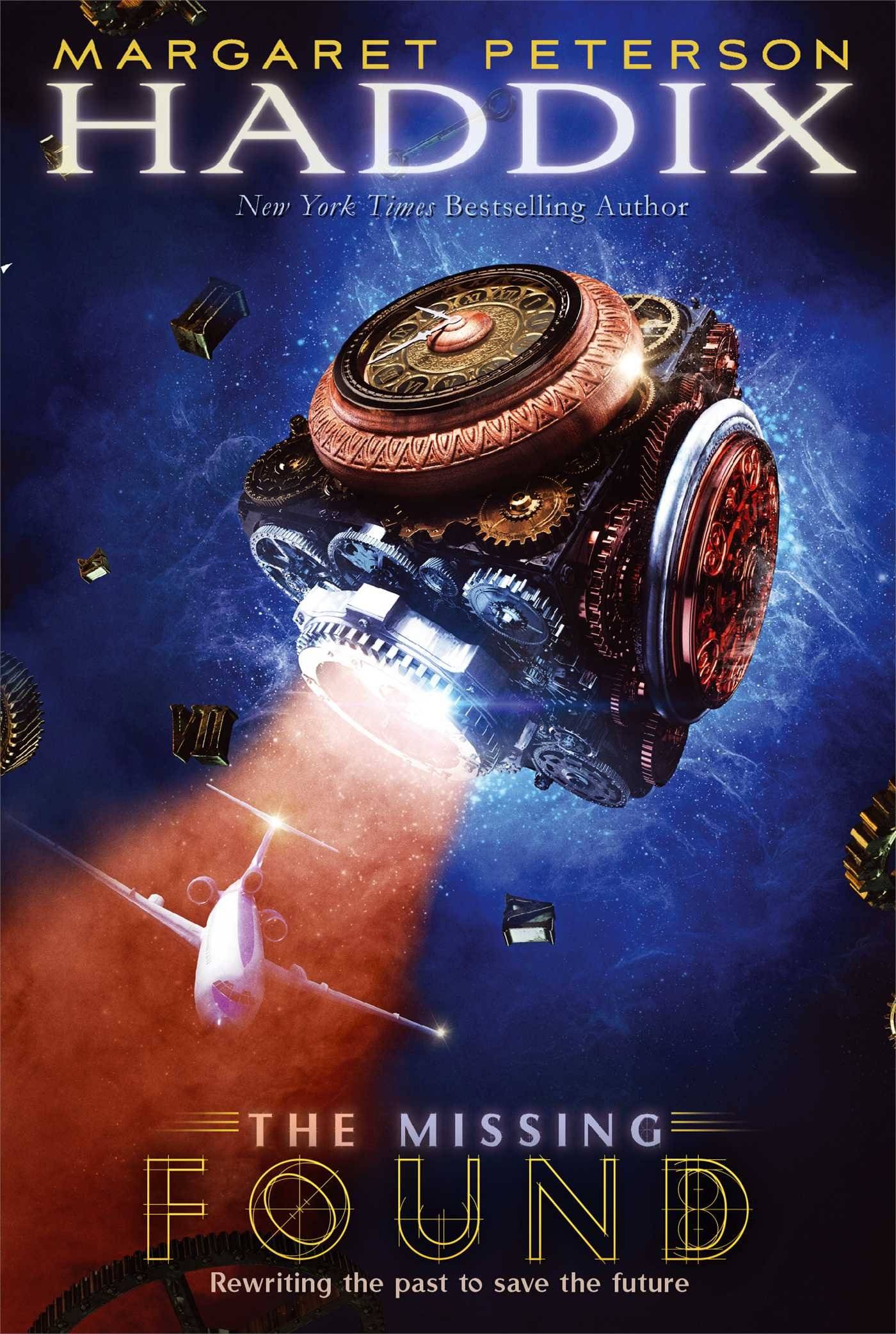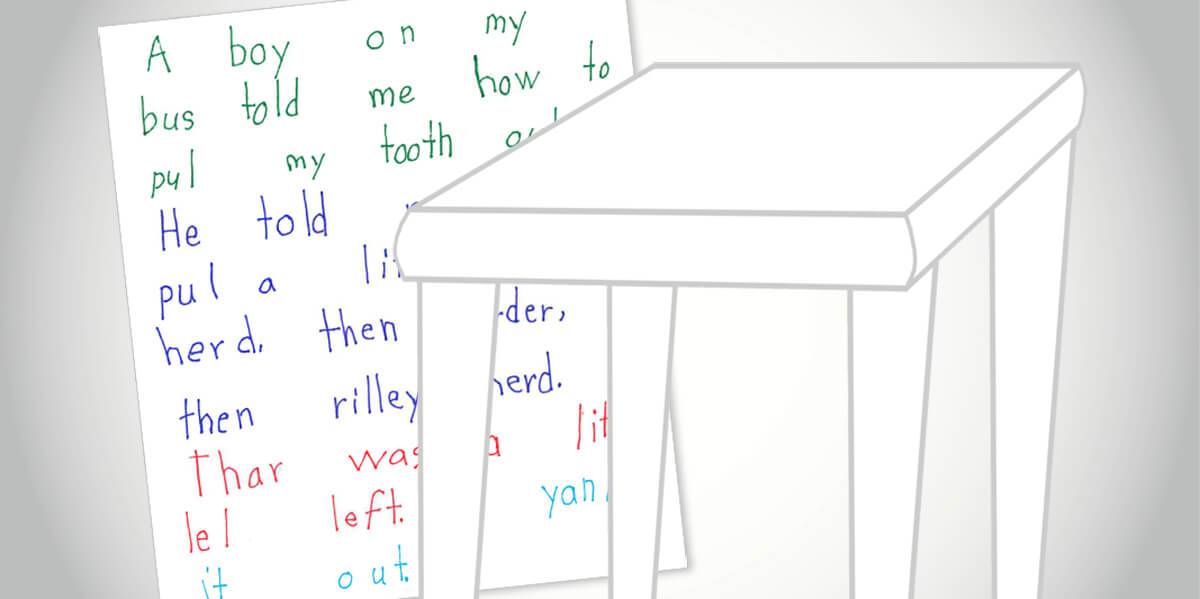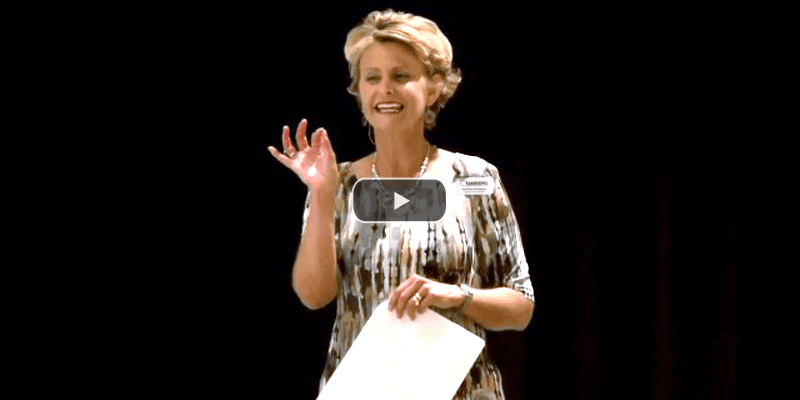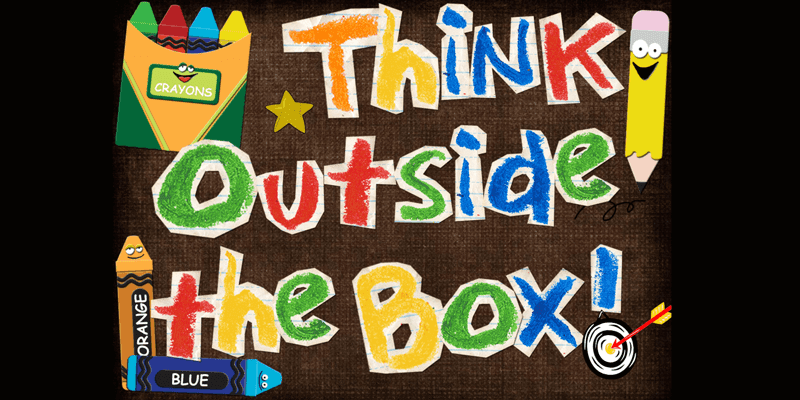writing
Build strong writing paragraph by paragraph
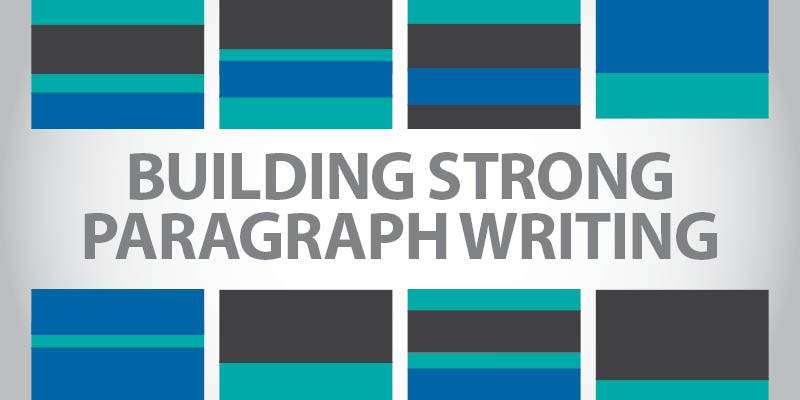
Great writing isn’t built from repetitive paragraph structures with a fixed number of sentences or a rigid topic sentence in each one. Instead, paragraphs come in various lengths and serve diverse purposes. A single piece of writing might include a mix of informative paragraphs, expert opinions, and descriptive anecdotes.
For example, within a comparison/contrast piece, the majority of the paragraphs may be compare/contrast. However, it’s likely there would also be some descriptive paragraphs and definition paragraphs as well. Together, these paragraphs combine to create a cohesive and compelling exploration of a single topic.
Teaching students that paragraphs don’t all follow the same structure, style, or purpose is a game-changer. Introduce eight different types of paragraphs, each offering a unique way to develop and convey information. And since each type serves a different purpose, it’s natural that their lengths and organizations vary, too.
1. First introduce the different paragraph types and show examples via excerpts from familiar text. Emphasize that each paragraph type doesn’t follow the same structure, style, purpose, length, or organization.
2. Let students dabble with each paragraph type individually. Show them how to review the information they have to work with and identify the purpose or paragraph type that will best convey those details to the reader.
3. Show students how to stack the different paragraphs to make up a continuous text.
Explore the eight paragraph types below or access the printer-friendly format. By introducing students to these paragraph types, we can empower them to expand their ideas and create richer, more engaging writing.
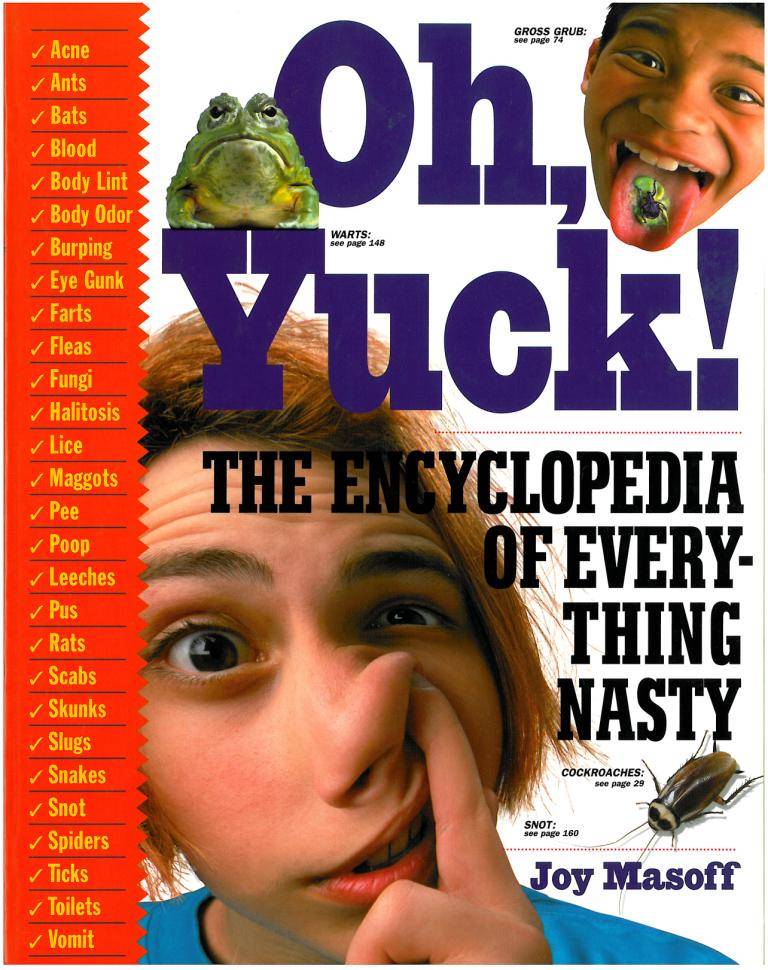
1. Descriptive Paragraphs
Description is not a stand-alone genre; descriptive paragraphs are in every genre. This type of paragraph unfolds slowly, allowing the reader to enjoy every part. Like a magnifying glass, description focuses in on close-up details.
EXAMPLE: Mosquitoes are dainty-looking little creatures, no bigger than a quarter of an inch with a head no larger than the head of a pin. But they are also amazing, daredevil, fighter-bomber kinds of flyers. Some species of mosquitoes can dodge raindrops and arrive at their next meal totally dry. They can hover, loop-the-loop, and fly upside down, sideways, and backward. That makes them hard to swat. [Oh, Yuck!: The Encyclopedia of Everything Nasty, Joy Masoff]
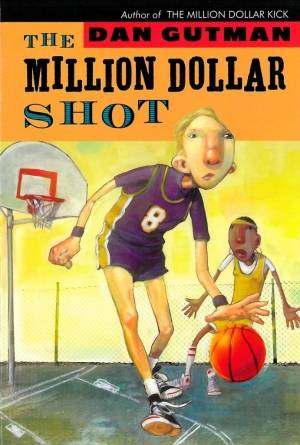
2. Narrative Paragraphs
Narrative paragraphs include action. Something happens, and detailed action is provided for the reader. Narrative paragraphs can be descriptive, but the focus is on the action and the what is happening.
EXAMPLE: I spun the ball a few times in my hand, put my right foot forward against the line, and popped up a shot. It went in, and I was pretty proud of myself. [The Million Dollar Shot, Dan Gutman]
3. Sequential/Chronological Paragraphs
Sequence paragraphs also include action, like narrative paragraphs, but they lack the description. They are very concise and use efficient vocabulary to convey a process or chronology of events. The emphasis of these paragraphs is the outcome, product, or event/result.
EXAMPLE: The following morning the Union army, armed with fresh reinforcements, attacked. After several hours of fighting and heavy losses, Beauregard and his troops retreated to Corinth. Johnston had been killed the first day of battle. [The Split History of the Civil War, Stephanie Fitzgerald]

4. Definition Paragraphs
Definition paragraphs are to aid the reader and to build on the audience’s background knowledge. These paragraphs tend to be short and can appear in both fiction and nonfiction.
EXAMPLE: A polar orbit is an orbit that goes from north to south around Earth. It passes over areas called the North and South Poles. As Earth spins beneath the satellite, the satellite watches the planet’s whole surface over time. [Science Missions: Mapping Earth from Space, Robert Snedden]
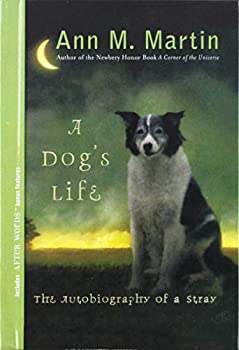
5. Compare/Contrast Paragraphs
Individual paragraphs can show similarities and/or differences between terms, ideas, people, places, texts, etc. These paragraphs help the readers learn about new and unfamiliar ideas by comparing them to old and familiar ones.
EXAMPLE: Marcy unlocked the door to our new home. The house was smaller than the Merrions’ and bigger than the little one at the edge of the field, but with hardly any space between it and the house on either side. [A Dog’s Life, Ann M. Martin]
6. Problem/Solution Paragraphs
In problem/solution paragraphs, the majority of the sentences deal with the solution. Often, the “problem” is the topic sentence with “solution” details to follow.
EXAMPLE: Try this remedy [for de-skunking] instead. Fill a bathtub with warm water and a few squirts of dishwashing liquid. Add some water to half a cup of baking soda and mix it into a paste. Now toss the offending body (whether that’s you, or your dog or cat) into the tub and rub the mixture all over. Follow with a vinegar rinse. Then rinse that off with soap and water. This works a whole lot better than tomato juice. [Oh, Yuck!: The Encyclopedia of Everything Nasty, Joy Masoff]
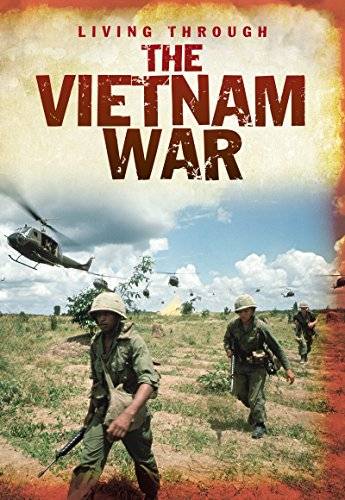
7. Question/Answer Paragraphs
Question paragraphs are used infrequently. Sometimes they are questions posed by characters in fiction. Or, authors can pose rhetorical questions to the reader.
EXAMPLE: Was it right to use chemical warfare? The U.S. government argued that it was an economical way to deprive the guerrillas of camouflage and food. Others countered that the use of poisonous chemicals was unjustifiable under any circumstances. [Living Through The Vietnam War, Cath Senker]
8. Opinion/Facts Paragraphs
The opinion sentence (or claim) tends to be the topic sentence followed by several sentences that include observations, facts, and examples that prove the claim. This has a strong role in expository and persuasive writing, but characters can also draw conclusions in literature and support their thinking with observations.
EXAMPLE: Jonah glanced over at his friend, who did indeed look shaky. Even in the dim light of the basement, Jonah could tell that Chip had a panicky sheen of sweat on his face. Chip’s curly hair was mashed down because he kept clutching his head, like he had to work hard to hold himself together. He seemed about one step away from being one of those loony types who mumbled to themselves on the street downtown. [Found: The Missing, Book 1, Margaret Peterson Haddix]

